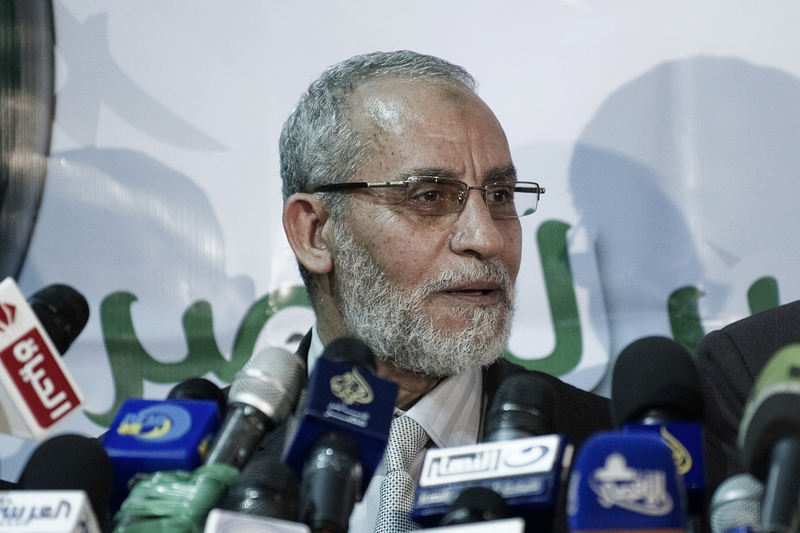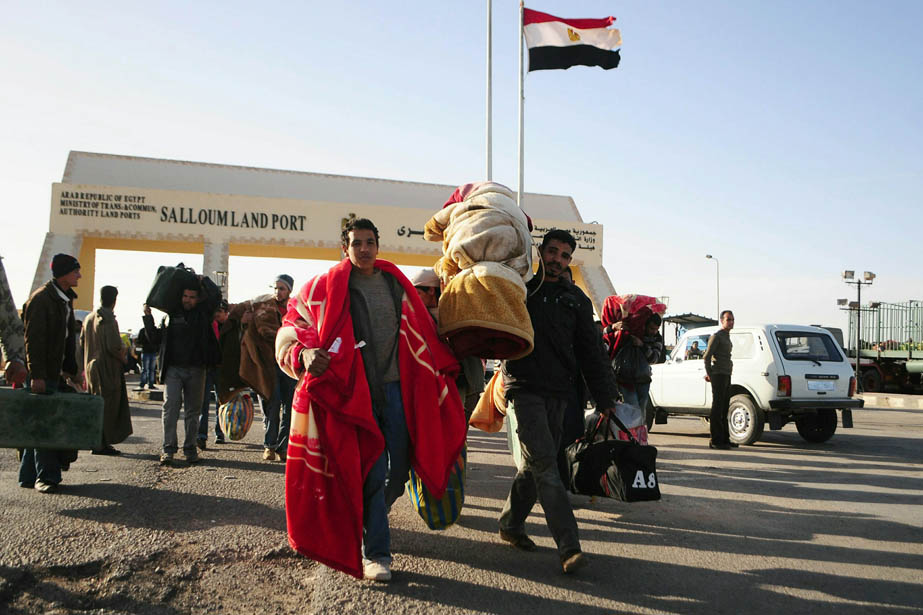
By Daniel Nisman
On 11 November, the ninth anniversary Palestinian leader Yasser Arafat’s death, an internet-mobilised protest campaign called “Tamarod” will kick off in the Gaza Strip. The group is based on Egypt’s Tamarod movement, which enabled the ousting of President Morsi, and similarly aims to topple the coastal strip’s ruling Islamist Hamas party.
Since seizing power in Gaza from its secular Fatah rivals in 2007, Hamas has never been one to shy away from a crackdown and has always succeeded in crushing dissent before it can make international headlines. This time, however, is different. Gaza’s Tamarod not only boasts tens of thousands of diverse and committed supporters, but also has the backing of the Arab world’s largest nation, whose powerful military is already choking Gaza’s economy with no intention of easing its grip. Tensions with Egypt’s new government have gotten so bad that local media reported in October that an Egyptian military incursion under the banner of counter terrorism could occur in the near term.
Even for a region which breeds conspiracies, rumors of an Egyptian military operation in the political minefield that is the Gaza Strip remain farfetched. The non-military measures being inflicted by Egypt, however, are increasing concerns among Hamas’ leadership that the end of its rule in Gaza is being orchestrated.
Due to an invigorated Egyptian military bent on crushing dissent in the Sinai Peninsula, there are fewer than 20 smuggling tunnels left operating under the largely closed Rafah border crossing. That’s down from an estimated 1,200 before the Egyptian revolution. Lost revenues from tunnel operations have cost Hamas over a third of its budget, while costing Gaza’s economy hundreds of millions of dollars per month. In the month of August, only 77% of Hamas’ 50,000 civil servants received full wages, a number expected to grow as the economy deteriorates. The loss of cheap fuel supplies provided by the tunnels has caused even longer lines at petrol stations, kept fishing trawlers docked in Gaza City’s harbour, and forced the Strip’s sole power plant to increase its rationing, threatening to increase blackouts to up to 16 hours per day.
The Egyptian military’s reasoning behind the tunnel and border closures is simple: Hamas and other militants in the Gaza Strip are assisting supporters of ousted Islamist President Mohamed Morsi in waging a campaign of terrorism against the state.
Cairo’s concerns are understandable. After all, Hamas is an extension of the regional Muslim Brotherhood movement and has long acted openly as an Iranian proxy – an embodiment of everything that Egypt’s secular, western-sympathetic military opposes. Over the years, Hamas’ desire to amass thousands of rockets and weapons to combat Israel has fertilised the destabilising black market in the Sinai Peninsula, tempting much of the local Bedouin population to turn against the Egyptian state in favour of Islamic extremism and organised crime.
Egypt’s new government has made no secret of its disdain for Hamas. On numerous occasions, officials have stated that Hamas’ arch-rival, Fatah Party, which dominates the Palestinian Authority, is the sole legitimate representative of the Palestinians. Meanwhile, cooperation between Gaza’s Tamarod movement and its influential Egyptian counterpart has become more than obvious, and are even speculated to be facilitated by Cairo. Leaders of the two movements have held numerous high-profile meetings, with Cairo hosting the majority of the Gaza Tamarod’s activities outside of the Gaza Strip and beyond the preying hands of Hamas’ storm troops.
Egypt’s political and economic pressure on Hamas has become so effective that concerns in Israel have risen regarding a dangerous security vacuum in the Gaza Strip. In September 2013, the IDF’s Southern Command chief revealed to local media that a delegation had been sent to Cairo urging Egypt’s generals to ease pressure on Hamas. The IDF reportedly fears that the group’s desperation may collapse that ceasefire by turning Hamas back under Iran’s destabilising influence, or otherwise by giving up on its campaign to prevent fringe jihadist groups from firing rockets into Israel and provoking a larger conflict.
Israel’s concerns are reflective of a larger quandary when dealing with Hamas in a way that preserves regional stability and advances the interests of both Jerusalem and Cairo. But despite Hamas’ current commitment to a ceasefire with Israel, the crisis with Egypt has ultimately exposed its larger role as an authoritarian regime and an inhibitor of regional stability. The uncovering of a Hamas-built 1.7 kilometre tunnel to be used in terrorist attacks in Israeli territory by the IDF on 7 October further speaks volumes on what this group chooses to use its scarce concrete and finances on.
With the clock ticking down to 11 November, Hamas’ handling of Tamarod and the general socio-economic discontent in Gaza has further exposed the group’s true colours. Dozens of suspected activists have been rounded up, independent media outlets have been shuttered, and the Hamas leadership has begun to crawl back to Iran amidst its growing diplomatic isolation.
Despite mounting economic isolation, there is little serious talk amongst Hamas’ leadership of reconciling with Fatah and reconnecting the isolated territory with the West Bank and the rest of the region — a long-standing demand of Gaza’s residents. Hamas’ uncompromising ideology obstructs any complicity in ongoing efforts to reach a comprehensive peace agreement with Israel — which would have a resoundingly beneficial impact on regional stability and the livelihood of the Palestinian people. As long as this is the case, then perhaps it wouldn’t be such a bad thing for Egypt’s military to allow Hamas’ rule in Gaza to be swept up by popular anger and cast into the dustbin of history.
Daniel Nisman is the Middle East Intelligence Director at Max Security Solutions, a geopolitical risk consulting firm. You can follow him on Twitter @Dannynis.







